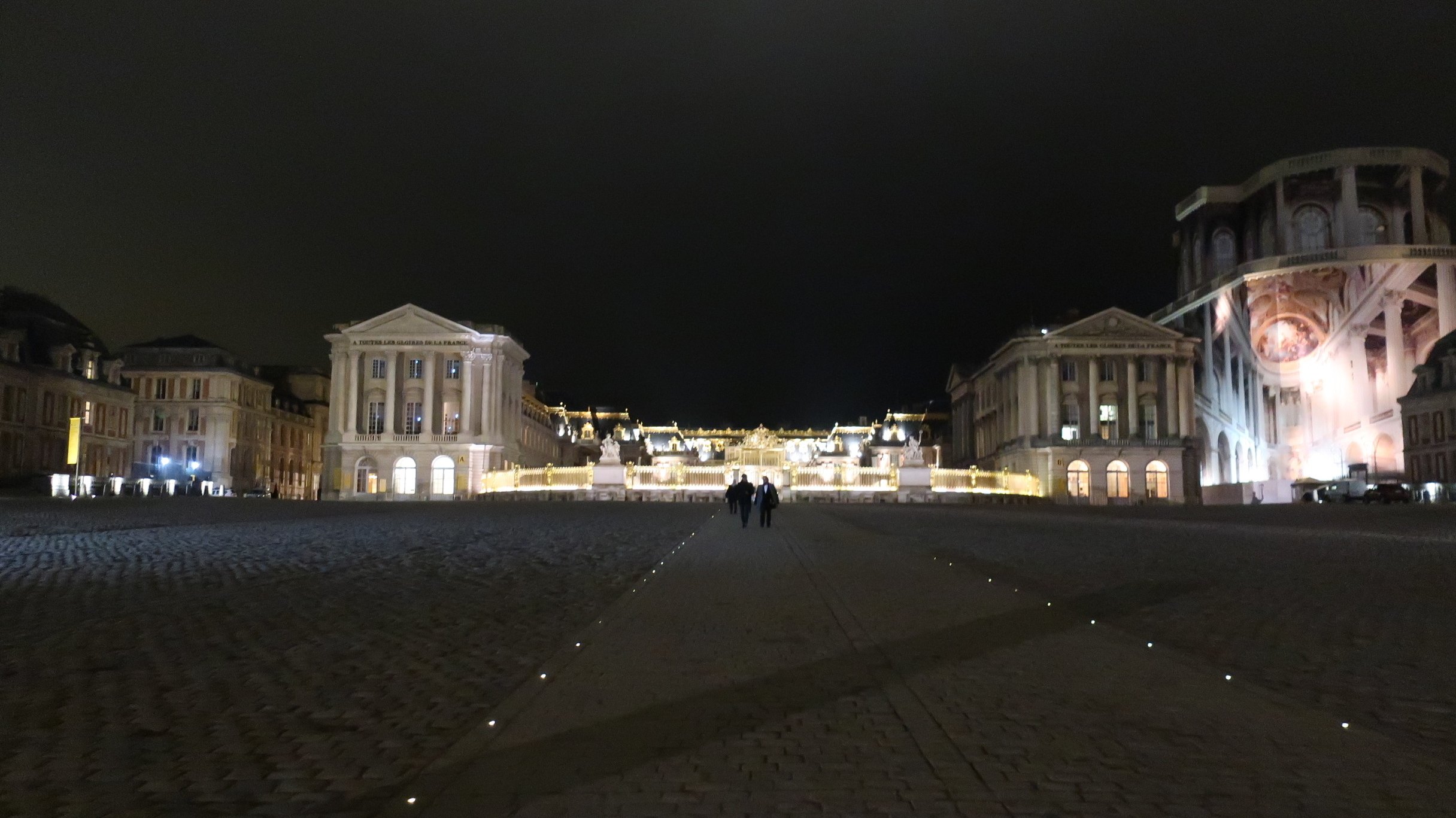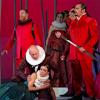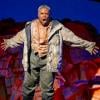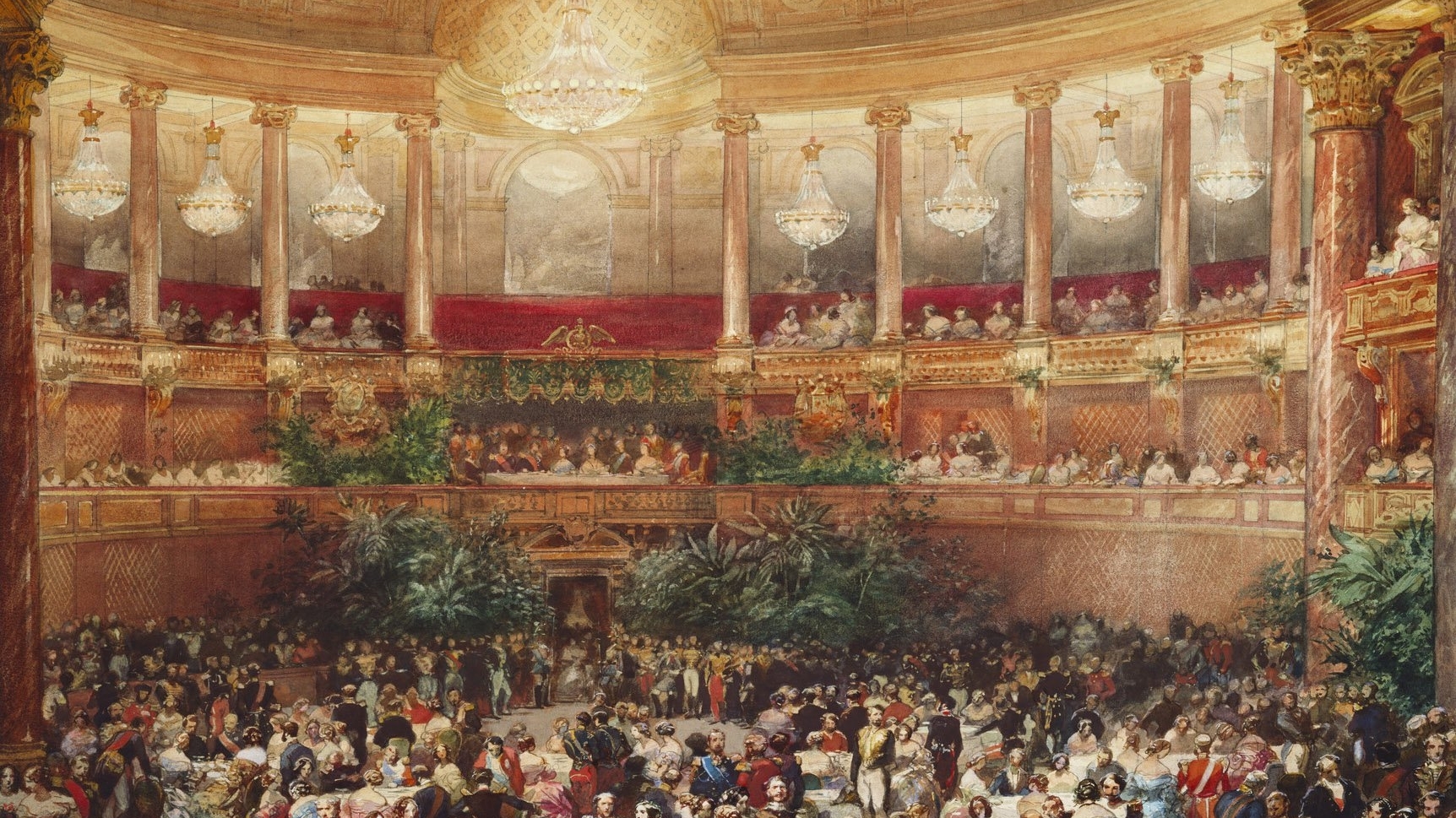
With the Opéra National de Paris celebrating its 350th anniversary with a sumptuous season ranging from Alessandro Scarlatti’s Il Primo Omicidio (1707) through 19th-century masterpieces such as Tristan und Isolde, Simon Boccanegra, and Les Troyens, through to Michael Jarrell’s new opera Bérénice, it’s important to remember that opera in Paris got its start outside the city center, at Louis XIV’s Château de Versailles.
Louis XIV, known as the Sun King, wanted to have an opera house at Versailles and went as far as hiring designers and designating its location in the palace. For financial reasons, the house was not built during his lifetime, and the court instead staged opera (and ballet and theater) in various locations on the palace grounds, including a palace salon and the stables. For these performances, temporary theaters would be built, then destroyed. During Louis XIV’s reign, despite the lack of an opera house, works by French composers, including Lully and others, were staged at Versailles.
Louis XV was less interested in the performing arts than his great-grandfather, but because of the traditions surrounding royal weddings, which included a ball, a banquet, and an opera, he decided, in 1768, to build an opera house. His first architect, Jacques-Ange Gabriel, had been working on plans for an opera house since his appointment in 1742, and voilà! By the 1770 wedding of the future Louis XVI to Marie-Antoinette, the Royal Opera House had been built.
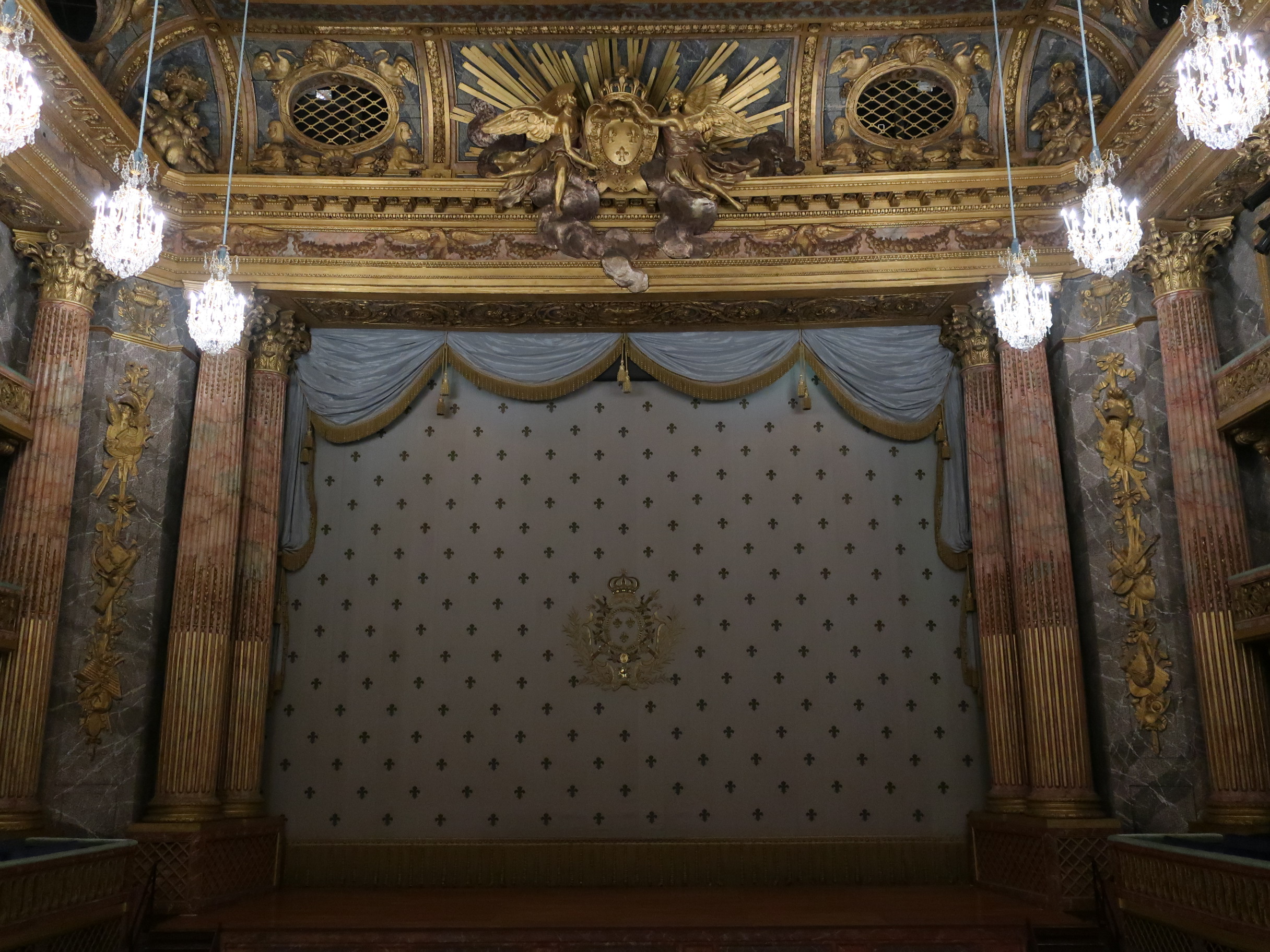
At the time, it was the largest concert hall in Europe, with mechanical facilities that allowed it to be used as a ballroom and banquet hall as well as for performances of opera, theater, and ballet. When the room was configured as a ballroom, the dance floor ran from the entrance to the back of the stage, some 45 meters, and for its day it had the most modern mechanical systems.
In the 250 years since the theater opened, it has been damaged and restored multiple times: stripped of its decorations and furniture during the French Revolution, it was restored by order of Louis Philippe I, King of France from 1830 to 1848, when he transformed Versailles from a royal palace to a national museum. Later in the 19th century, the opera house became an assembly hall used by the French Third Republic’s Senate; modifications to the building included the installation of a glass roof.
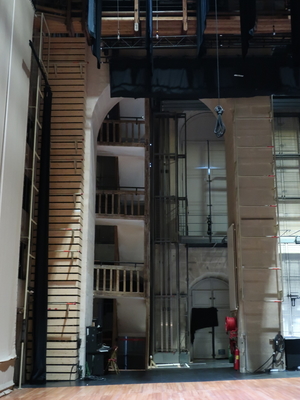
Severely damaged during World War II, the Royal Opera House was restored again during the 1950s, but this restoration removed much of what remained of the 18th-century stage machinery and installed a disfiguring fireproof wall and an iron curtain. During the most recent restoration work, performed between 2007 and 2009, the 1950s wall and curtain were removed, the lighting and other systems were updated, and restoration work performed on the remaining 18th-century mechanisms.
Today, the theater is a tiny, magnificent, working opera house. Since 2009, Versailles has had a resurgence of musical performances under the aegis of the Château de Versailles Spectacles, not only at the opera house, but at the Royal Chapel, which the Sun King did succeed in constructing during his reign. Unsurprisingly, the focus is on music before 1800. The current season, the 10th, includes staged performances of Marc-Antoine Charpentier’s Actéon on a double bill with Jean-Philippe Rameau’s Pygmalion, Henry Purcell’s King Arthur and Dido and Aeneas, John Gay’s The Beggar’s Opera, Francesco Sacrati’s La Finta Pazza, Giovanni Legrenzi’s La Divisione del Mondo, and more, as well as concert performances of Handel’s Rinaldo, Berlioz’s La Damnation de Faust, several operas, and numerous other works.
All this has taken place under Laurent Brunner, director of performances at Versailles since 2007, when he was appointed to that position by the former Minister of Culture, Jean-Jacques Aillagon. It is an immense accomplishment, especially considering that Château de Versailles Spectacles isn’t an opera company and, amazingly, receives no public subsidies.
On a recent visit to France, I was lucky enough to meet and chat with Brunner and to be taken on a tour of the opera house and the Royal Apartments by Maxime Ohayon, director of development. Ohayon’s work is much like that of development directors in the United States: fundraising, working with donors and other supporters of a nonprofit, and so on.
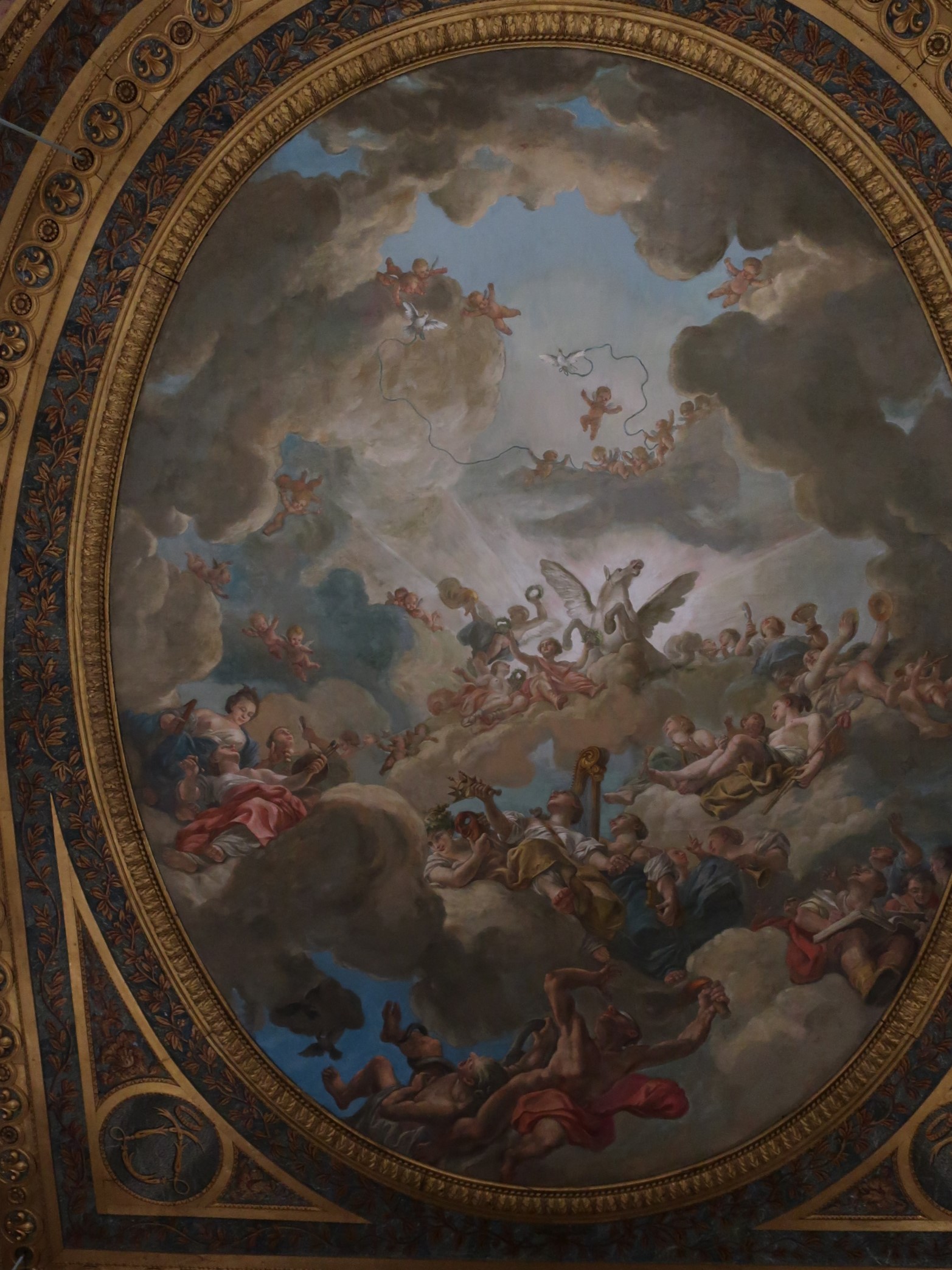
I talked with Brunner in the opera house itself, a tiny and very beautiful Baroque theater that includes a large private box for the king and a magnificently painted ceiling.
Brunner told me that Spectacles doesn’t currently have the budget to form its own opera company. The organization doesn’t have costume and set designers on staff, for example, nor is there an in-house orchestra. Next season, they’ll originate two productions, but by and large, they are a co-producer and presenting organization, working with outside musical organizations to bring performances to Versailles.
These organizations come from all over. Opera Lafayette, of Washington, D.C., a company specializing in French Baroque opera, performed at Versailles in 2012 and 2014. The Czech ensemble Collegium 1704 brought a program of Lully’s Te Deum and Heinrich Biber’s Missa Salisburgensis to the palace in 2018. This year, William Christie and Les Arts Florissants, Avi Stein and Juilliard415, Vincent Dumestre and Le Poème Harmonique, and other groups are among the performing organizations. Past solo performers have included Joyce DiDonato, Barbara Hendricks, Sonya Yoncheva, Philippe Jaroussky, Bryn Terfel, Roberto Alagna, Jordi Savall, and Natalie Dessay.
Brunner commented on how the early music scene has changed over time. “The younger generation is amazing. They have 50 years of performing history to draw on. We have performers like [countertenor and conductor] Raphaël Pichon, who is 34. And the public is much more familiar with old music now. It’s similar with some contemporary music. In the 1960s, Britten was unknown [in France] and considered too difficult, but that’s no longer the case. Younger musicians know him.” He mentioned the Beaune International Baroque Festival, which has presented more than 75 Baroque operas since its founding in 1982.
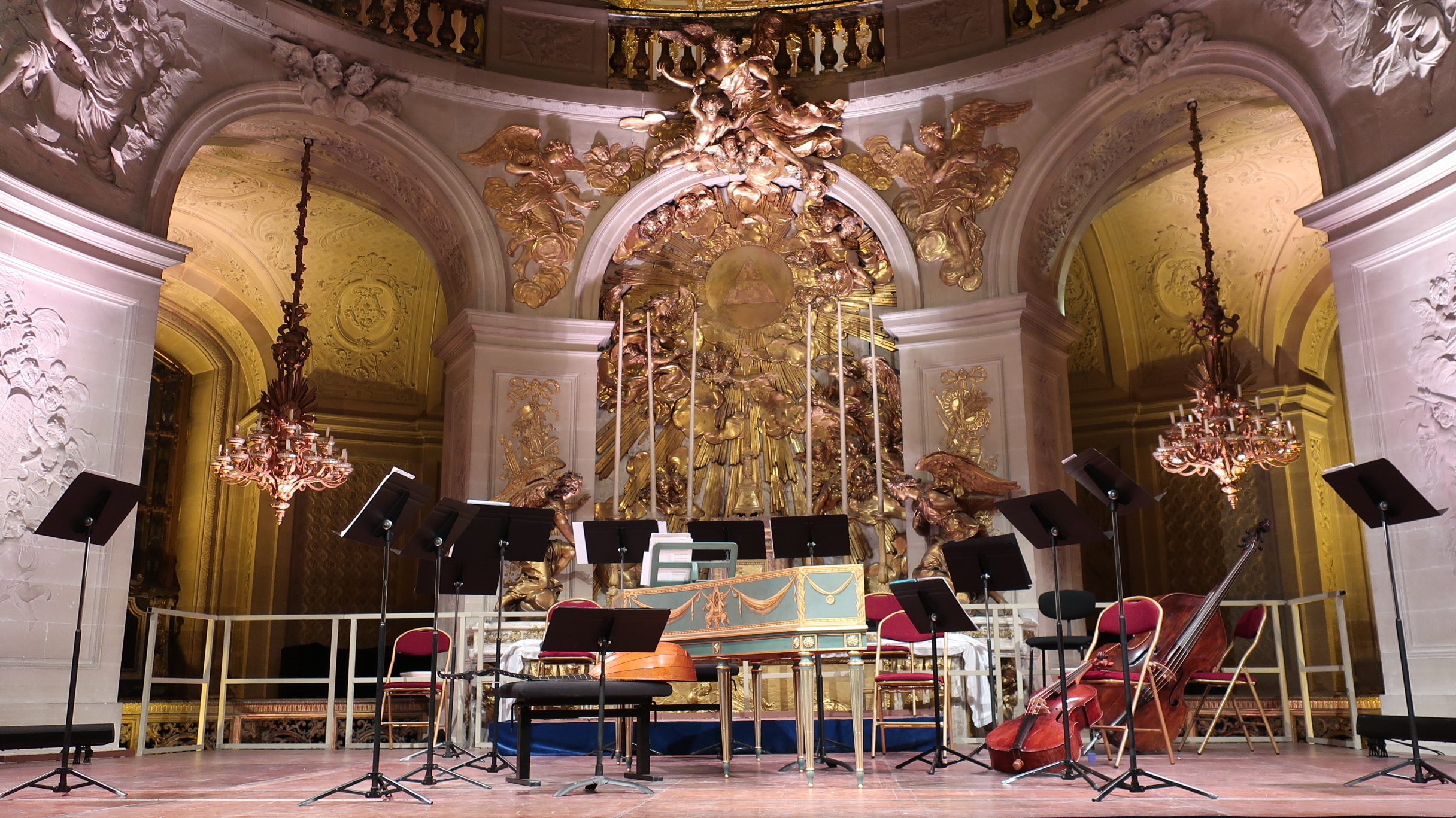
Another achievement of Brunner’s time at Versailles has been the creation of a new record label, also called Château de Versailles Spectacles, which released its first recordings last year. These recordings, all made at Versailles, include Charpentier’s Les Arts Florissans (CD), performed by the Marguerite Louise Ensemble; a Cavalli mass performed by the Galilei Consort; a DVD of Praetorius’s Christmas Mass, performed by the Gabrieli Consort and Players; and more.
My visit to Versailles closed with a marvelous concert in the Royal Chapel by the young countertenor Valer Sabadus and the Concerto Köln. Mixing instrumental music and arias by Vivaldi, Handel, Porpora, Giacomelli, and Caldara, this program was as good as it gets. Sabadus has a beautiful voice, superb musicianship, and a natural dramatic flair that had him embodying the emotions of every word of the texts he sang. Concerto Köln, led by its first violins rather than a conductor, played with a full sound, enthusiasm, and great virtuosity.
